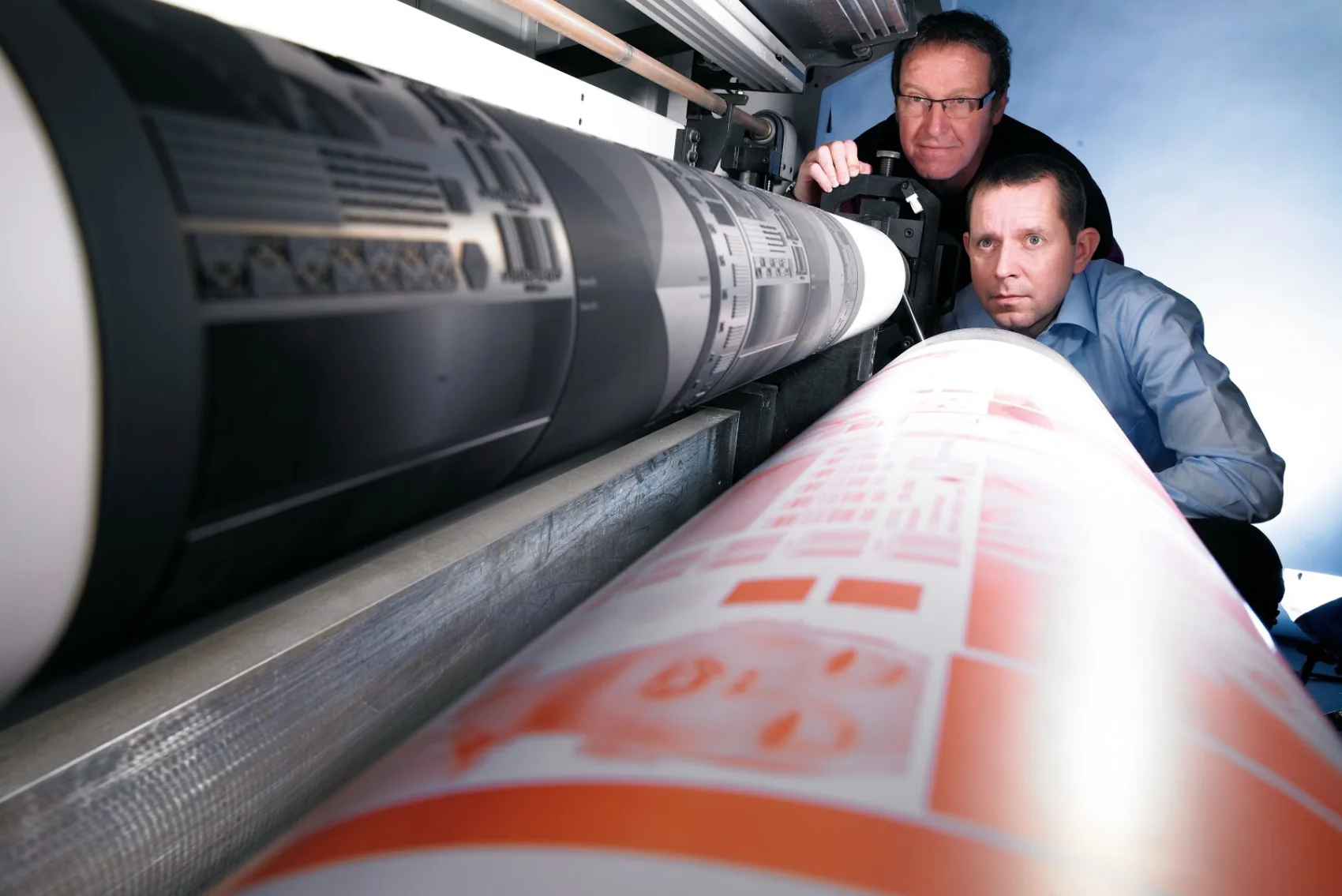Physical Address
304 North Cardinal St.
Dorchester Center, MA 02124
Physical Address
304 North Cardinal St.
Dorchester Center, MA 02124

Flexographic printing, commonly referred to as flexo printing, is a versatile and widely used printing process that has evolved over the years to become a preferred choice for various packaging applications. In this comprehensive guide, we will delve into the intricacies of flexographic printing, exploring its history, technology, applications, and advantages.
Flexography traces its roots back to the late 19th century when it emerged as a relief printing process. Originally known as aniline printing due to the use of aniline dyes, flexography has undergone significant advancements to become the modern printing technique we know today.
The heart of flexographic printing lies in the creation of flexographic printer plates. These plates are typically made of rubber or polymer materials and are mounted on printing cylinders. The plate-making process involves transferring the image onto the plate through various methods, such as direct laser engraving or photopolymer plate development.
Flexo printing utilizes liquid inks that are transferred from the ink fountain to the flexographic printing machine. The ink is then transferred from the plate to the substrate (material being printed on), creating the final printed image.
The substrate, often a roll of paper, film, or other materials, is fed through the press. Precision in substrate feeding is crucial for maintaining print registration and ensuring high-quality output.
As the substrate passes through the press, it comes into contact with the impression cylinder, which helps transfer the ink from the plate to the substrate. The pressure exerted in this stage contributes to the final print quality.
After printing, the substrate goes through a drying process to set the ink. Various drying methods, such as hot air or UV curing, may be employed depending on the ink and substrate used.
Flexography offers several advantages that contribute to its widespread adoption across diverse industries:
Flexo presses are known for their high-speed capabilities, making them ideal for large-volume print runs.
Flexo printing can be applied to a wide range of substrates, including paper, plastic, metallic films, and more. This versatility makes it suitable for various packaging needs flexographic printing press.
The simplicity of flexo printing setups and the ability to use water-based inks contribute to its cost-effectiveness, particularly in large-scale production.
Flexographic printing excels in printing on uneven or rough surfaces, a feature that sets it apart from other printing methods.
Flexo printing finds applications in numerous industries, including:
Flexography is widely used in the production of flexible packaging, such as pouches, bags, and wraps.
The ability to produce high-quality, detailed prints makes flexo printing a popular choice for label production in the food and beverage, pharmaceutical, and cosmetic industries.
The corrugated packaging materials benefits from flexo printing due to its efficiency in printing on corrugated cardboard.
Flexography has historically been used for newspaper printing, offering a cost-effective solution for high-volume circulation.
As technology continues to advance, flexography is poised to undergo further enhancements. The integration of digital technologies, improved sustainability practices, and developments in printing substrates are expected to shape the future of flexo printing.
Flexographic printing has come a long way since its inception, evolving into a sophisticated printing process with widespread applications. Its adaptability, cost-effectiveness, and ability to handle diverse substrates make it a valuable choice for many industries. As we look to the future, ongoing innovations are likely to ensure that flexo printing remains at the forefront of the printing industry.